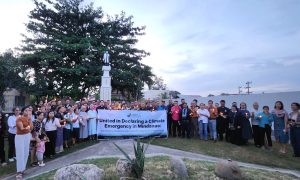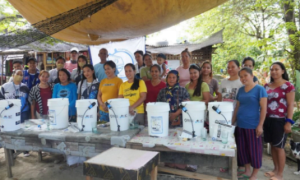By the Marawi Memory Project Team, in partnership with local academic and community partners, and accompanied by Mindanao Climate Justice (MCJ) through the Duyog Program
Bearing Witness in Sabangan
Eight years after the siege, silence fills the spaces where homes once stood—a silence carrying the weight of families still waiting to return.
On October 2025, Marawi-based survivors, youth volunteers, and partner organizations gathered in Sabangan, one of several transitional sites still sheltering residents displaced by the 2017 Marawi Siege.
The visit coincided with the government’s commemoration of “Marawi Liberation”—a phrase that rings hollow for those who remain uprooted.
It marked the launch of the Marawi Memory Project, a community-led initiative rooted in the voices of internally displaced persons (IDPs) and guided by local researchers from Mindanao State University–Marawi.
The project is accompanied by Mindanao Climate Justice (MCJ) through its Duyog Program on community memory, justice, and healing.
“To remember is to resist forgetting.”
In Sabangan, survivors spoke on their own terms—reclaiming remembrance as a form of justice and redefining recovery as a shared act of courage.


Eight Years On: A City Rebuilt, Lives Still Broken
Marawi—once a thriving cultural and commercial center—remains deeply scarred.
The siege displaced over 350,000 residents and destroyed 95% of structures in the city’s core.
Today, at least 8,200 people still live in transitional shelters across Sagonsongan, Boganga, and Sabangan. Permanent sites like Gadongan lie far from schools, workplaces, and the city center.
Daily life in these sites is a constant negotiation for survival.
Nearly half of residents buy every container of water they drink, while electricity, sanitation, and healthcare remain inadequate.

Government reports showcase parks and new buildings that suggest progress to outsiders, yet most survivors are excluded. Entire districts—once home to family compounds and markets—were expropriated in 2018 for “build-back-better” projects, displacing those who had already lost everything.
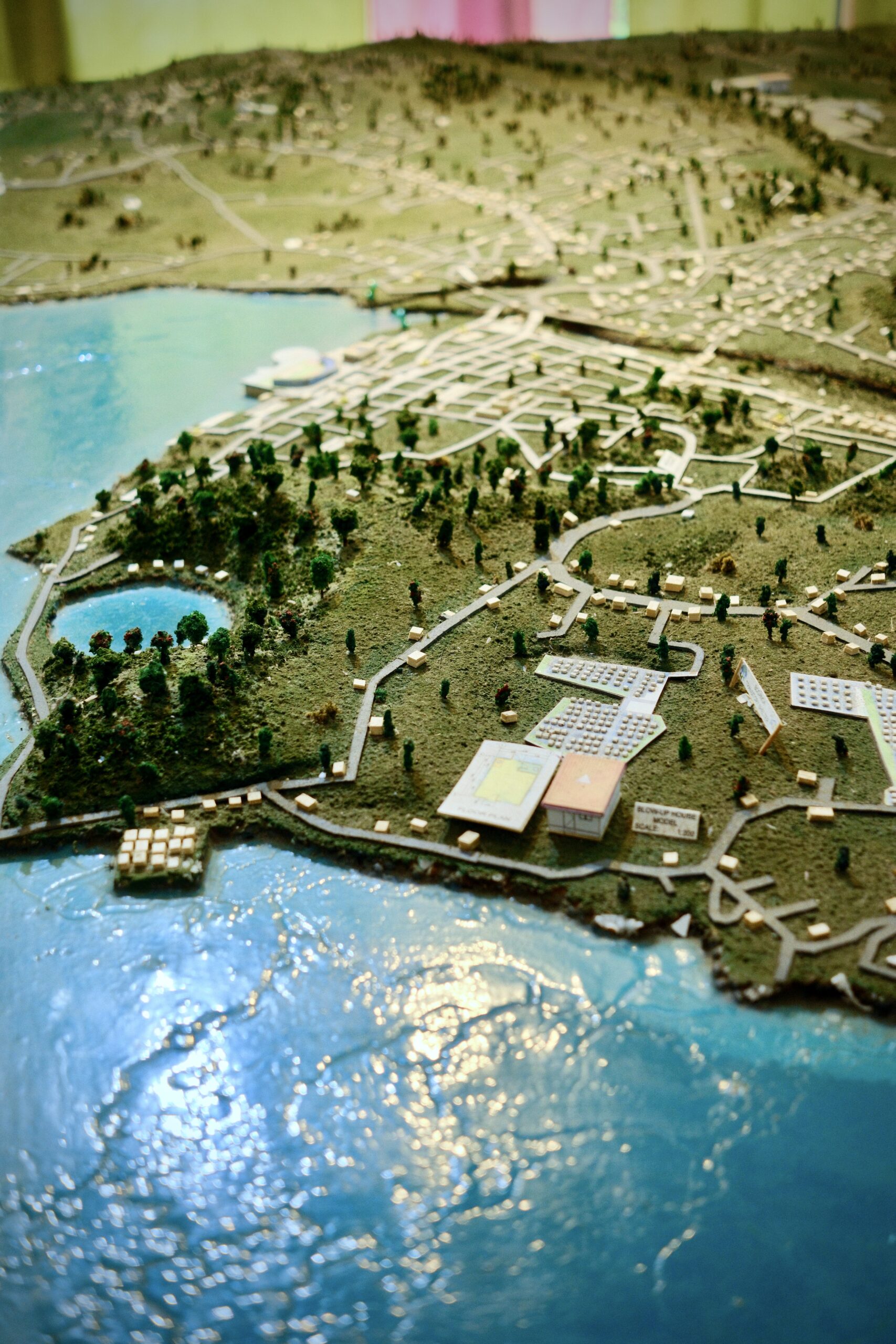
“Beneath the image of renewal lies a deeper truth: exclusion, hardship, and the slow erasure of memory.”
These injustices reveal a pattern familiar across Mindanao’s crisis zones: communities most affected by conflict are also those most exposed to ecological collapse.
Justice for Marawi must therefore mean climate justice—recovery that restores both dignity and the land itself.
Compensation Delayed, Justice Denied
The Marawi Siege Victims Compensation Act (2022) promised long-awaited relief.
But as of late 2025, the Marawi Compensation Board had approved only 1,100 of more than 14,000 claims—less than 10%.
While billions of pesos have been allocated, most families remain uncompensated. Many survive on unstable incomes while paying for rent, water, and costly transport to the city center.
This economic injustice compounds environmental neglect, forcing families to rebuild in flood-prone or degraded areas without support. The law that promised justice has become another cycle of waiting.
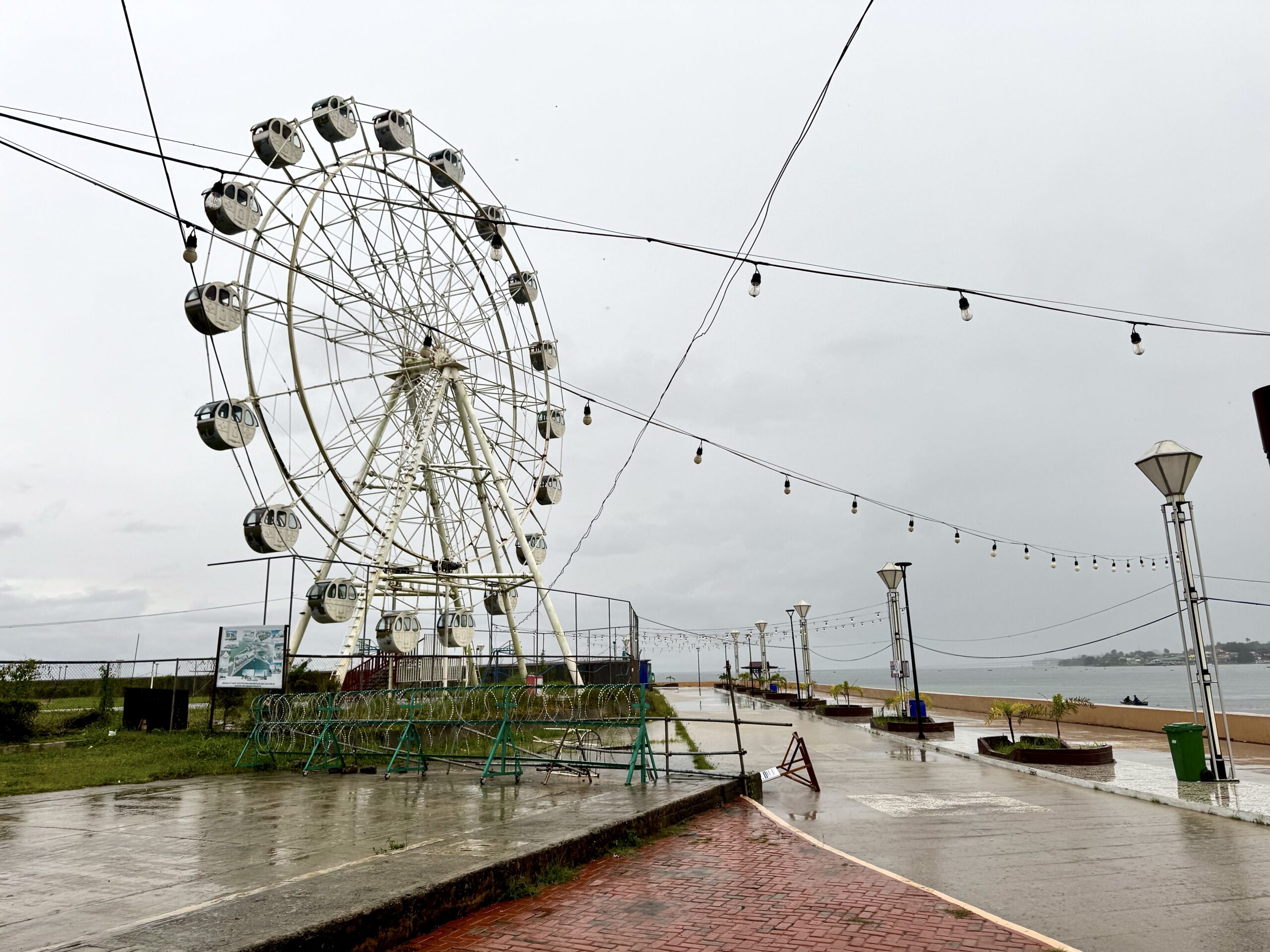
Livelihoods Lost, Resilience Reborn
Before the siege, Marawi thrived on small family enterprises—tailoring shops, car services, food stalls—that sustained entire clans.
Displacement shattered these networks, leaving most families reliant on informal work.
Yet within hardship, women sustain households through traditional livelihoods such as food preparation, tailoring, laundry, and especially palapa-making—the Maranao chili-ginger-onion condiment.
Palapa has become memory preserved.
Its preparation in transitional sites keeps alive a sense of continuity and belonging. It affirms that Maranao culture persists despite loss.
Through the Citizen Journalism Initiative launched earlier in 2025, displaced women and youth shared stories of self-reliance and collective care—a recovery that is culturally grounded, community-led, and climate-just.
“Reconstruction without justice is another form of erasure.”

Environment and Memory
Marawi’s recovery unfolds alongside worsening environmental decline.
Between 2017 and 2024, the city lost over 950 hectares of forest and grassland, while built-up areas expanded by 440 hectares.
These changes have worsened flooding, soil erosion, and water contamination—hazards that now shape daily life for displaced families.
For communities near Lake Lanao, the degradation of sacred land and water is not just an ecological issue—it is a violation of cultural and spiritual rights.
As deforestation accelerates and siltation thickens the lake’s surface, families in Sabangan and neighboring barangays face heightened climate risks with little state support.
“When the land suffers, so do the people.”
This is the climate justice dimension of Marawi’s story: a city rebuilt without ecological care reproduces the same hierarchies that caused its destruction.
The same systems that fueled militarization and unequal reconstruction also drive environmental collapse and displacement.
True recovery must confront both—restoring harmony between people, memory, and the land.
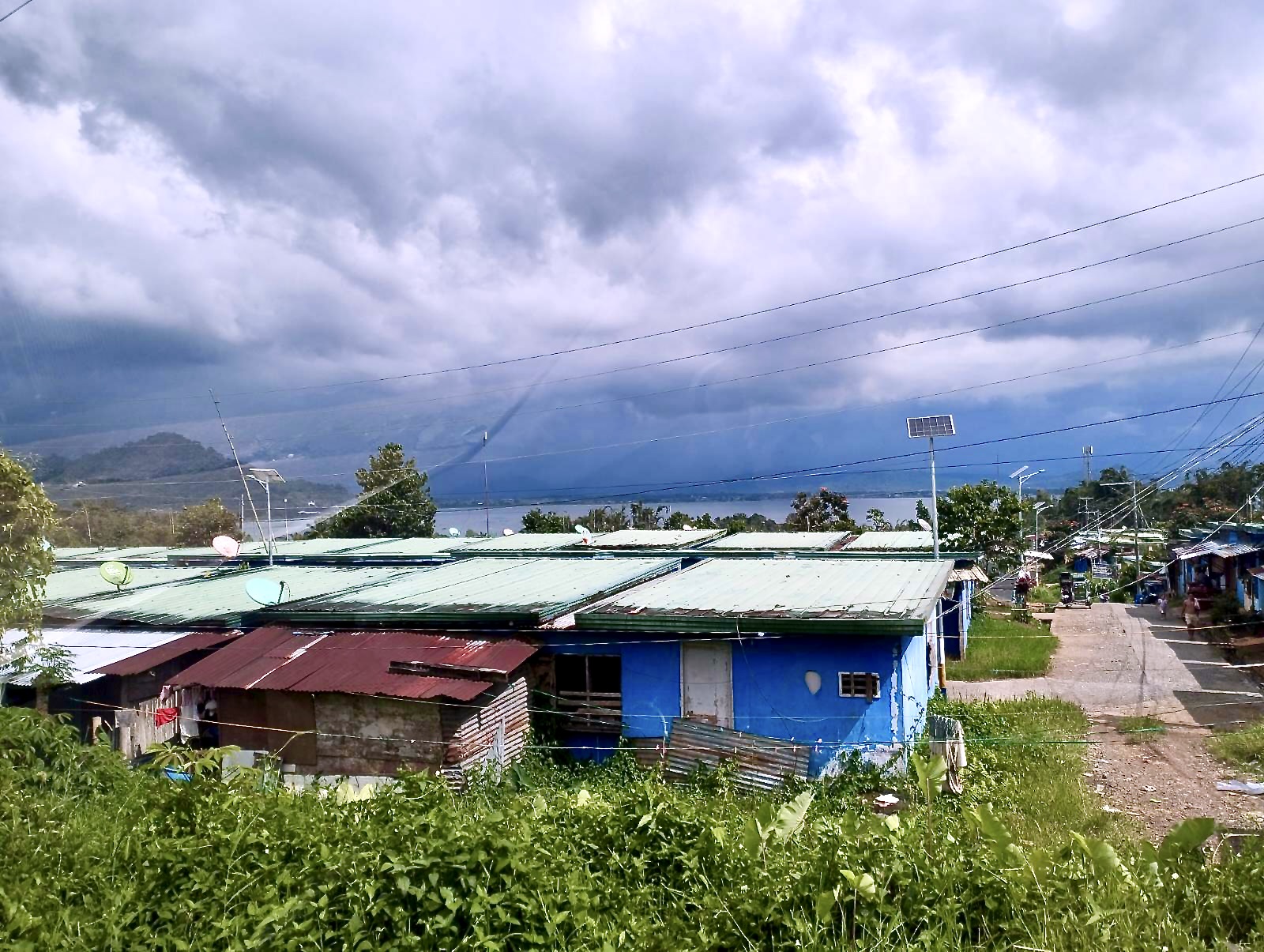
Reclaiming Memory, Restoring Justice
The Marawi Memory Project preserves and reclaims stories erased from official accounts of rehabilitation.
Through oral histories, participatory mapping, and community documentation, survivors are building a foundation for collective memory, legal advocacy, and cultural resilience.
Guided by Marawi-based partners and local academics, the initiative is community-governed—ensuring that testimonies, photographs, and cultural materials remain in local care.
Through the Duyog Program, MCJ accompanies this work by supporting research, training, and advocacy linkages—helping strengthen the community’s ownership of memory while connecting it to broader movements for justice and climate resilience.
“Documentation becomes an act of resistance—and of healing.”

The Fight for True Liberation
Eight years after the siege, Marawi stands divided between reconstruction and remembrance.
New buildings rise beside overgrown ruins, but for thousands still displaced, true liberation remains distant.
Recovery cannot be measured by concrete or ribbon-cuttings, but by the restoration of dignity, justice, and belonging.
For Marawi’s survivors, remembering is not nostalgia—
it is resistance, reclamation, and a vision of climate justice that heals both people and place.
“Liberation means not just the right to return, but the right to live with dignity in a landscape restored and protected from further harm.”
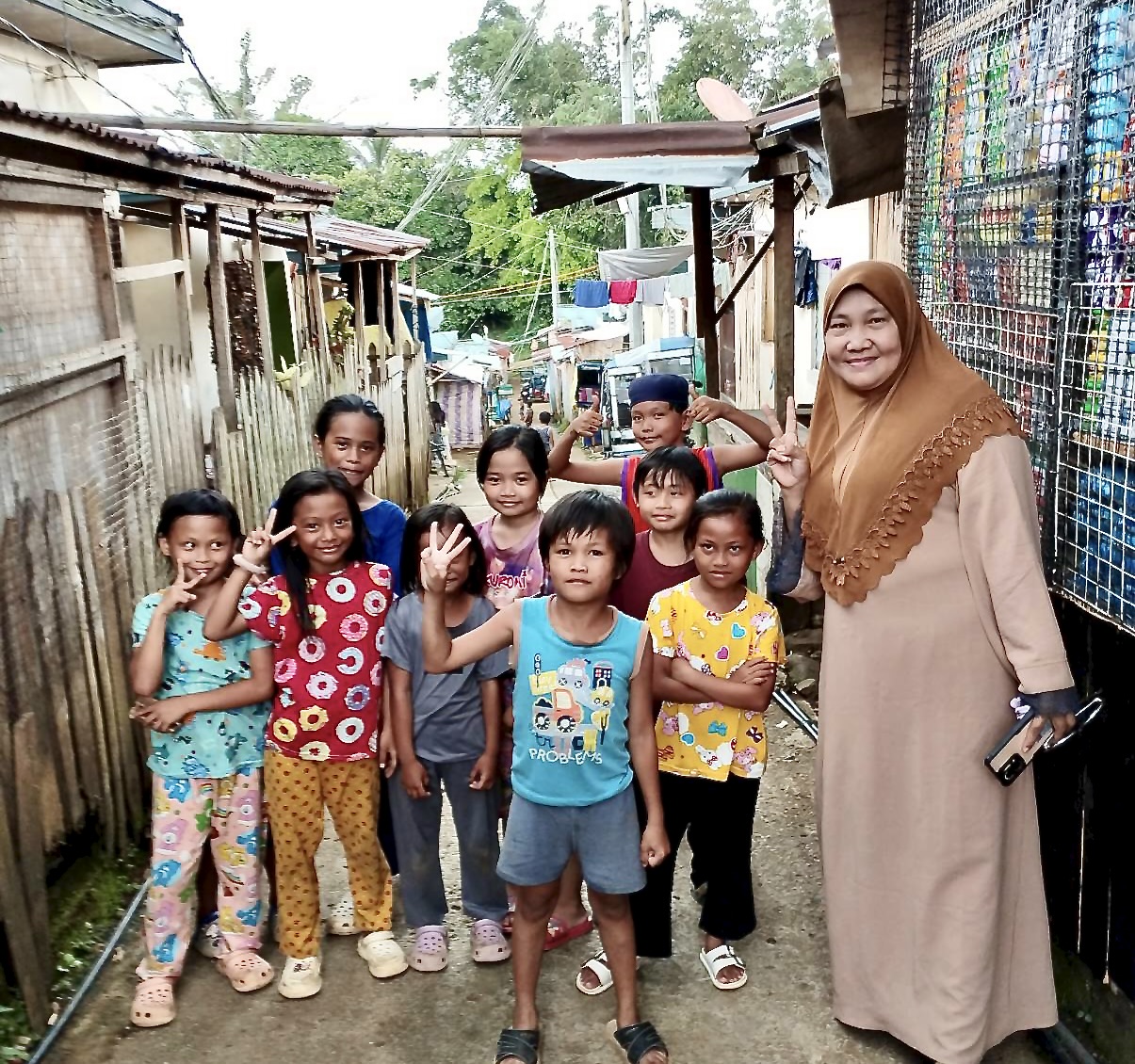
About the Project
The Marawi Memory Project is a community-led initiative anchored in the leadership of survivors, local organizations, and youth volunteers, in partnership with local academic partners from Mindanao State University–Marawi, and accompanied by Mindanao Climate Justice (MCJ) through its Duyog Program on community memory, justice, and healing.
Together, these efforts safeguard Marawi’s histories of struggle and survival—turning remembrance into a collective act of justice and ensuring that climate recovery begins with the voices of those most affected.


